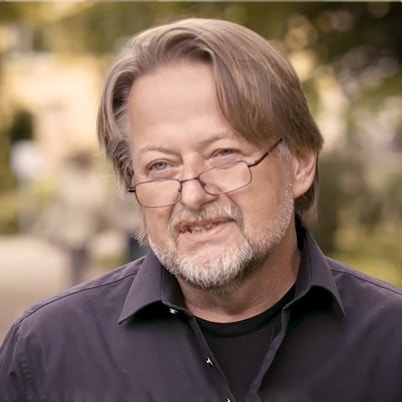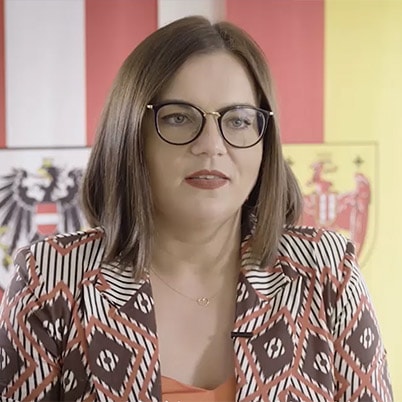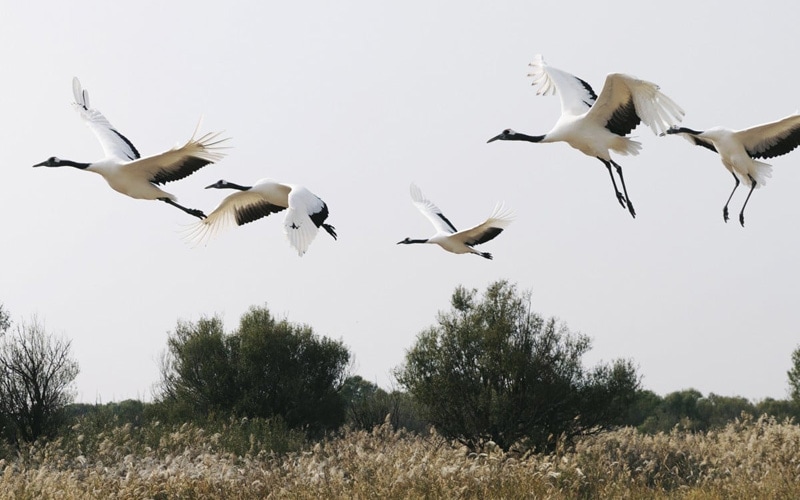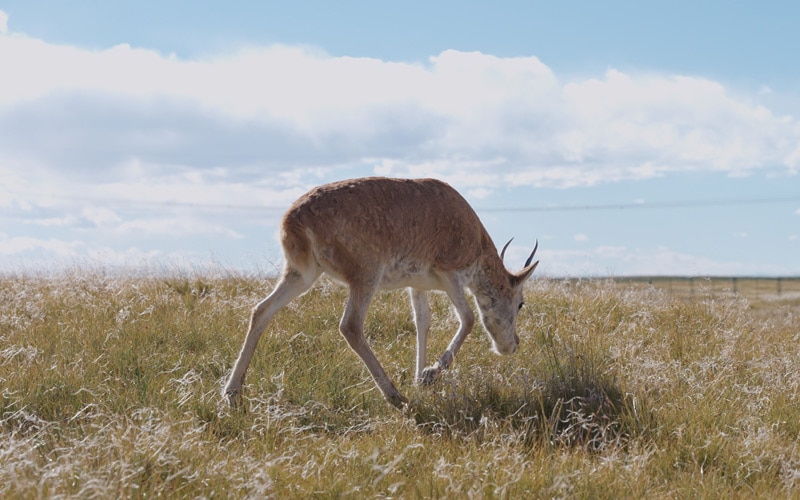Battling Biodiversity Loss in Austria's Wetlands
Lake Neusiedl is a UNESCO World Heritage Site in Austria's Burgenland province. Covering 18,000 hectares and home to Europe's largest contiguous reed belt, the lake enjoys protected status as part of National Park Neusiedler See – Seewinkel.
Located in the core zone of the national park, Lake Neusiedl is home to a treasure trove of species that depend on wetlands, including a vast array of endangered bird species with nationally and internationally significant populations. It's also an essential stopover site for thousands of migratory birds, and provides habitats for a wide range of amphibian and mammal species, including foraging bats.
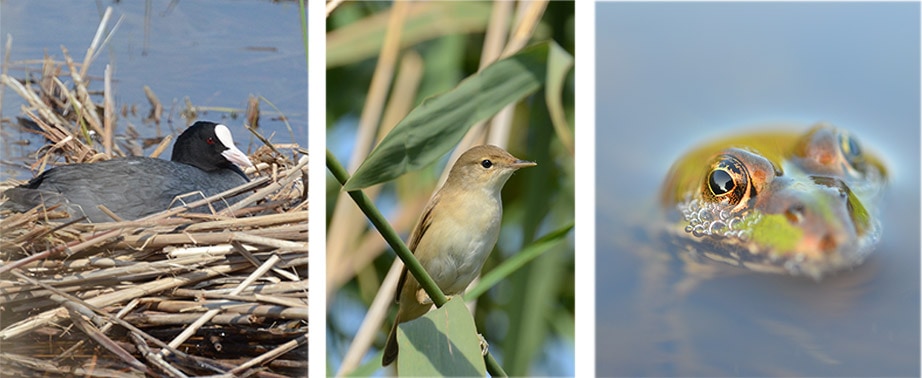
However, the delicate balance of this ecosystem is under threat.
The quality of the reedbed habitats is declining, with dieback – the progressive death of twigs, branches, shoots, or roots – having been observed in some areas. There are many reasons for this, but a major cause is the increasing disruption to the natural cycles of the area's water levels. Lake Neusiedl and its reed belt have historically thrived on significant water-level fluctuations, ranging from drying up completely to flooding an area double the lake's size. However, these natural fluctuations have been reduced by the construction of an artificial regulation channel, an outcome that has been exacerbated by the effects of climate change.
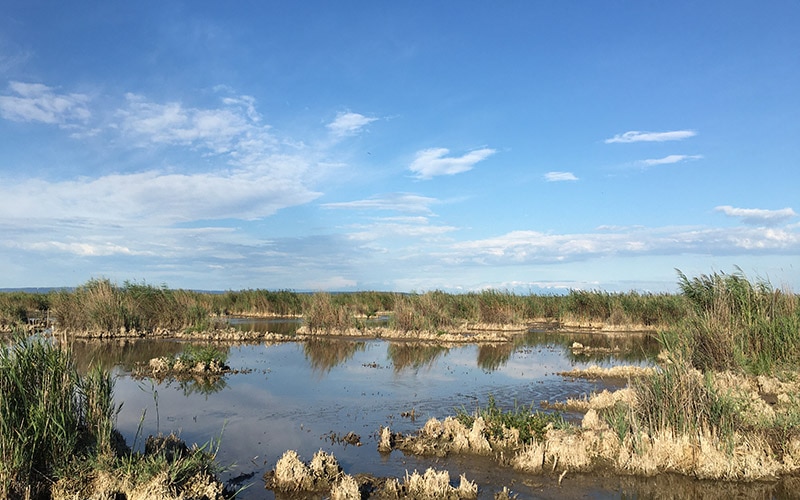
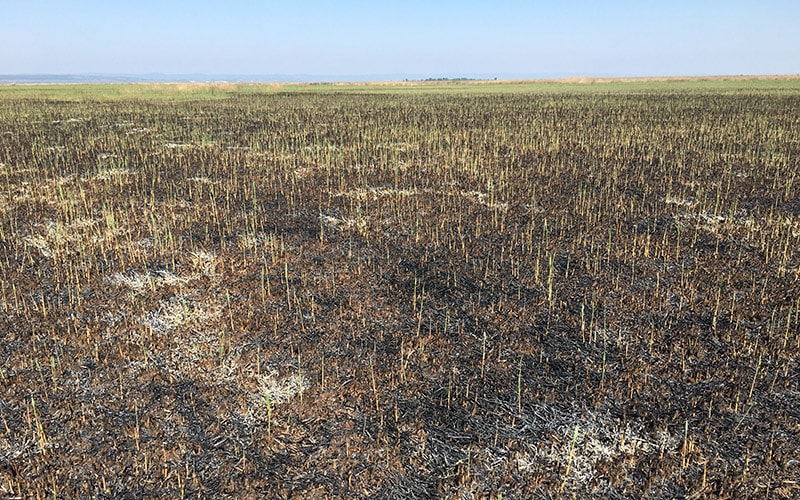
The damage to the reed belt and its fauna is huge. And if things continue as they are, the ecosystem will not survive.
A Guardian in technology
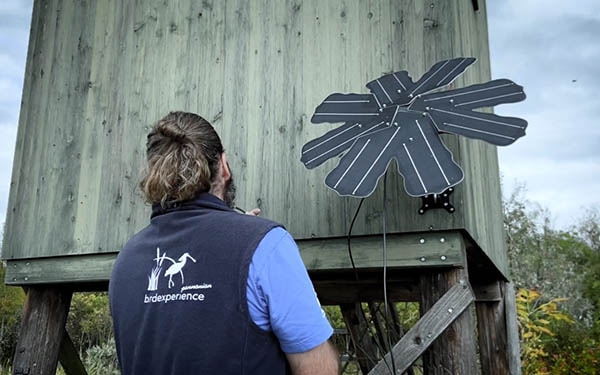
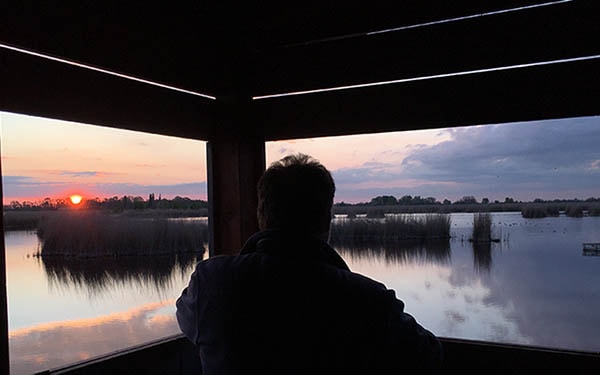
In August 2021, a "Nature Guardian" system was deployed around Lake Neusiedl. Installed in reed-belt habitats of varying quality, the system comprises two online solar-powered Guardians, each covering 3 km2, and 68 offline monitoring devices. Equipped with antennas and microphones, these devices record the local soundscape, including all animal vocalizations, year-round whatever the weather. The acoustics data collected is transmitted through a mobile network to a cloud platform for analysis by an AI model trained to identify the sounds of specific species.
The first major goal of the project is research-based. Acoustics data will deliver unmatched insights into the status of the reed belt, including the existence of ecological niches and the seasonal importance of the belt for birds, amphibians, and mammals. For reed-nesting birds, the data will reveal the short- and long-term effects of changing habitat quality caused by reed dieback. It will also show how birds adapt their songs to changing weather conditions such as strong winds, record nocturnal activity patterns, and provide a comparison between bird frequencies during autumn migration and the trapping rates of reed-belt birds using mist nets.
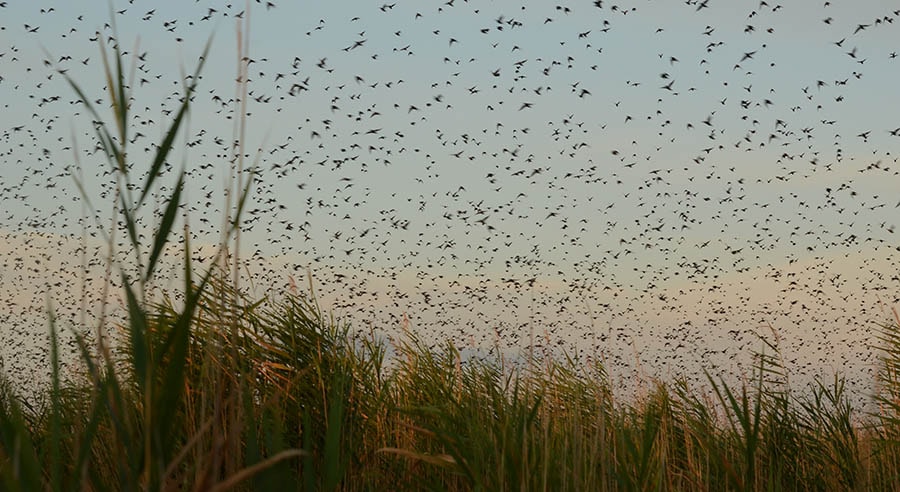
These data-led insights will in turn enable the second goal: adaptive conservation management. For example, predictions on the future effects of climate change on flora and fauna can be extrapolated from the data, which can form the basis of countermeasures and adaptive management practices.
The partnership between Rainforest Connection, the University of Vienna, the National Park Neusiedler See – Seewinkel, and Huawei Austria, coupled with the use of Magenta's mobile network, has enabled a fast and minimally invasive approach to conservation that barely affects local habitats – and it saves researchers huge amounts of time.
As the global battle against climate change continues, the local battle to protect Lake Neusiedl is now underway, driven by a team of committed partners and the power of technology.
-
70
Observation stations capture sound data
-
12 km2
of the local ecosystem covered

